It has been one week since we landed at Charles de Gaulle and returned to the French life, after ten days in the Black Hills of South Dakota. I find my mind is still back there in that beautiful spot, reviewing mental images of our time and our class.

I love teaching in different spots in the world, despite – or because of – the challenges each presents. Fitting into a gorgeous kitchen like Teri Ciani’s at High Prairie Lodge was a breeze; her frequent laughter and constant “Don’t worry about it.” made life easy! Her mother, Judy Schraver, kept me in stitches with her terse and funny comments, and her abundant breakfasts were a joy. I will always and forever make my blueberry pancakes as Teri does, by plunking the juicy berries on top of each pancake, instead of mixing them into the batter!

Procuring predictably seasonal, local ingredients, though, was a challenge. It’s always the hardest part of the job. It can be tough in France, too, when the weather doesn’t cooperate. In an unfamiliar place, it can feel as complex as planning an invasion. This summer in South Dakota a drought has plagued the area. Corn is hardly knee-high, and the tassels were barely formed, let alone the ears. Despite my research and phone calls before I got there, not every ingredient in the menu was available. I nearly cried when the promised peas were too small to harvest, the tomatoes I’d planned on absent, the fresh onions not quite ready.
I’ve done this enough to know, though, that no matter the “deception” of not being able to find what I expect or need, there is always a solution. We found it in the Black Hills at a tiny little farmers’ market in Deadwood. There, gorgeous bundles of Swiss chard took the place of peas; purslane substituted for green beans, which were beautiful and local, but few and far between. Surprisingly, fruit was no problem, nor were herbs because, thanks to Teri’s forethought, her beautiful garden was full of them.

MJ Adams, chef and owner of the Corn Exchange in Rapid City, was vital to the success of the class, too, as she pointed me in all the right directions for so many different and local ingredients. Through her, I learned that local on the Great Plains includes a vast area; through her we had beautiful lamb, pork, and chicken.
By the time everyone pitched in, we had some of the most beautiful ingredients on earth! Carefully handled and prepared, our meals were sumptuous.

Cooking, and teaching cooking are both unpredictable occupations, even in the best of times. One must think on one’s feet, adapt to what is best and most flavorful, change the menu at the last minute to accommodate. In South Dakota we did better than that, and our meals were delicious, each and every one of them! Thank you, class!



